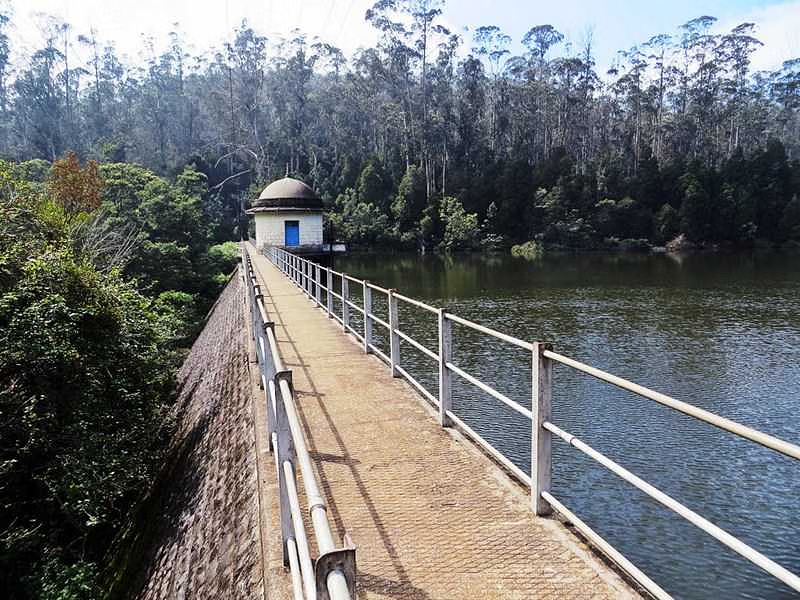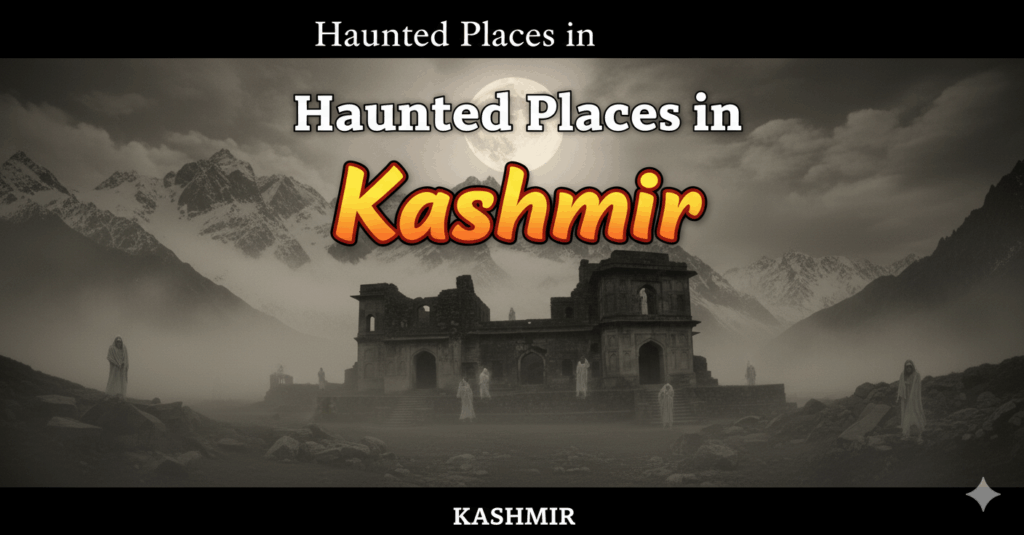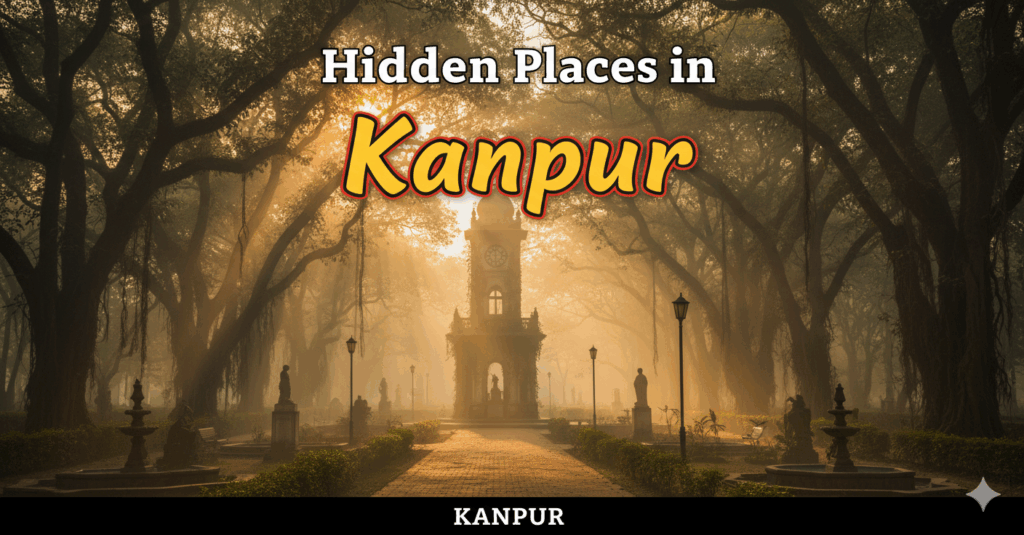Located on the border between Nagaland and Manipur in Northeast India, Dzukou Valley stands as one of the region’s most breathtaking natural wonders. Often called the “Valley of Flowers of the Northeast,” this pristine valley offers visitors an unforgettable experience of rolling hills, seasonal blooms, and serene landscapes. The best time to visit Dzukou Valley varies significantly throughout the year, with each season offering distinct advantages and challenges for travelers. The valley’s beauty transforms dramatically with each season, offering unique experiences from vibrant flower blooms to snow-capped landscapes. Whether you’re seeking the famous Dzukou Valley flowering season or hoping to witness rare Dzukou Valley snowfall, timing your visit correctly will determine the memories you’ll create in this northeastern paradise.
Table of Contents
Understanding Dzukou Valley Seasons
Dzukou Valley experiences four distinct seasons, each offering unique characteristics and varying experiences for visitors. Understanding these seasonal patterns helps you choose the perfect time based on your preferences and expectations.
| Season | Duration | Weather | Highlights | Challenges |
|---|---|---|---|---|
| Winter | Dec – Feb | 5°C to 20°C, Clear skies | Possible snowfall, excellent visibility | Cold nights, limited daylight |
| Spring | Mar – May | 15°C to 25°C, Mild conditions | Pleasant weather, nature awakening | Variable weather patterns |
| Monsoon | Jun – Sep | 18°C to 28°C, Heavy rainfall | Peak flowering, lush greenery | Muddy trails, poor visibility |
| Post-Monsoon | Oct – Nov | 15°C to 25°C, Clear weather | Perfect trekking, refreshed landscapes | Popular season, crowded |
Peak Season: October to March
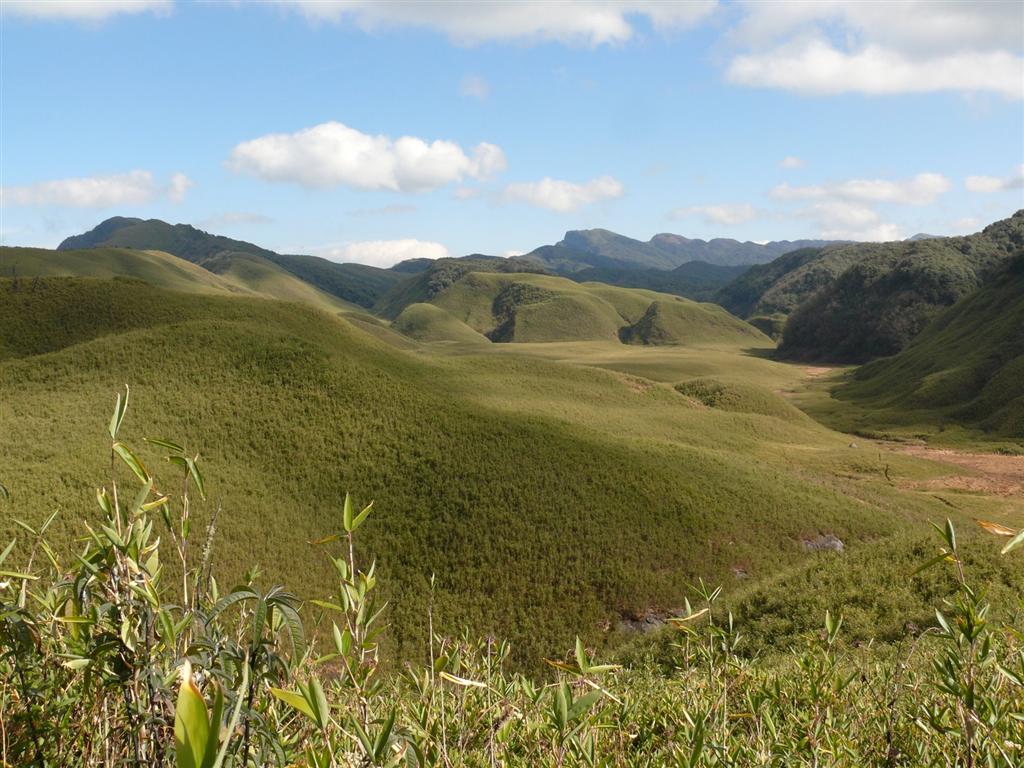
The best time to visit Dzukou Valley falls between October and March, when weather conditions are most favorable for trekking and camping. This period offers clear skies, comfortable temperatures, and optimal visibility for photography and sightseeing. During these months, the valley showcases its pristine beauty without the challenges of monsoon rains or extreme weather conditions. The combination of pleasant daytime temperatures and cool nights creates perfect conditions for outdoor activities and camping experiences.
October to November: Post-Monsoon Excellence
October marks the beginning of the ideal Dzukou Valley trek best time. The monsoon rains have ceased, leaving behind refreshed landscapes and crystal-clear streams perfect for the Dzukou Valley trek distance of approximately 15 kilometers.
Weather conditions:
- Daytime temperatures: 15°C to 25°C
- Night temperatures: 10°C to 15°C
- Minimal rainfall with clear skies
- Excellent visibility for valley views
This period is particularly popular among trekkers seeking comfortable weather conditions. Many Dzukou Valley trek packages are available during this season, offering guided tours and camping experiences with perfect weather guarantees.
December to February: Winter Wonderland
Winter transforms Dzukou Valley into a completely different yet equally mesmerizing destination. This season occasionally brings the rare Dzukou Valley snowfall, creating a magical white landscape that few visitors get to experience.
Winter highlights:
- Crystal-clear skies with exceptional visibility
- Cool, crisp air perfect for trekking
- Possible snowfall creating unique photographic opportunities
- Temperatures ranging from 5°C to 20°C
- Ideal camping weather with comfortable nights
March: Spring Awakening
March represents the transition from winter to spring, offering mild temperatures and the beginning of nature’s revival. This month provides an excellent balance between cool weather and emerging spring colors.
Dzukou Valley Flowering Season: June to September
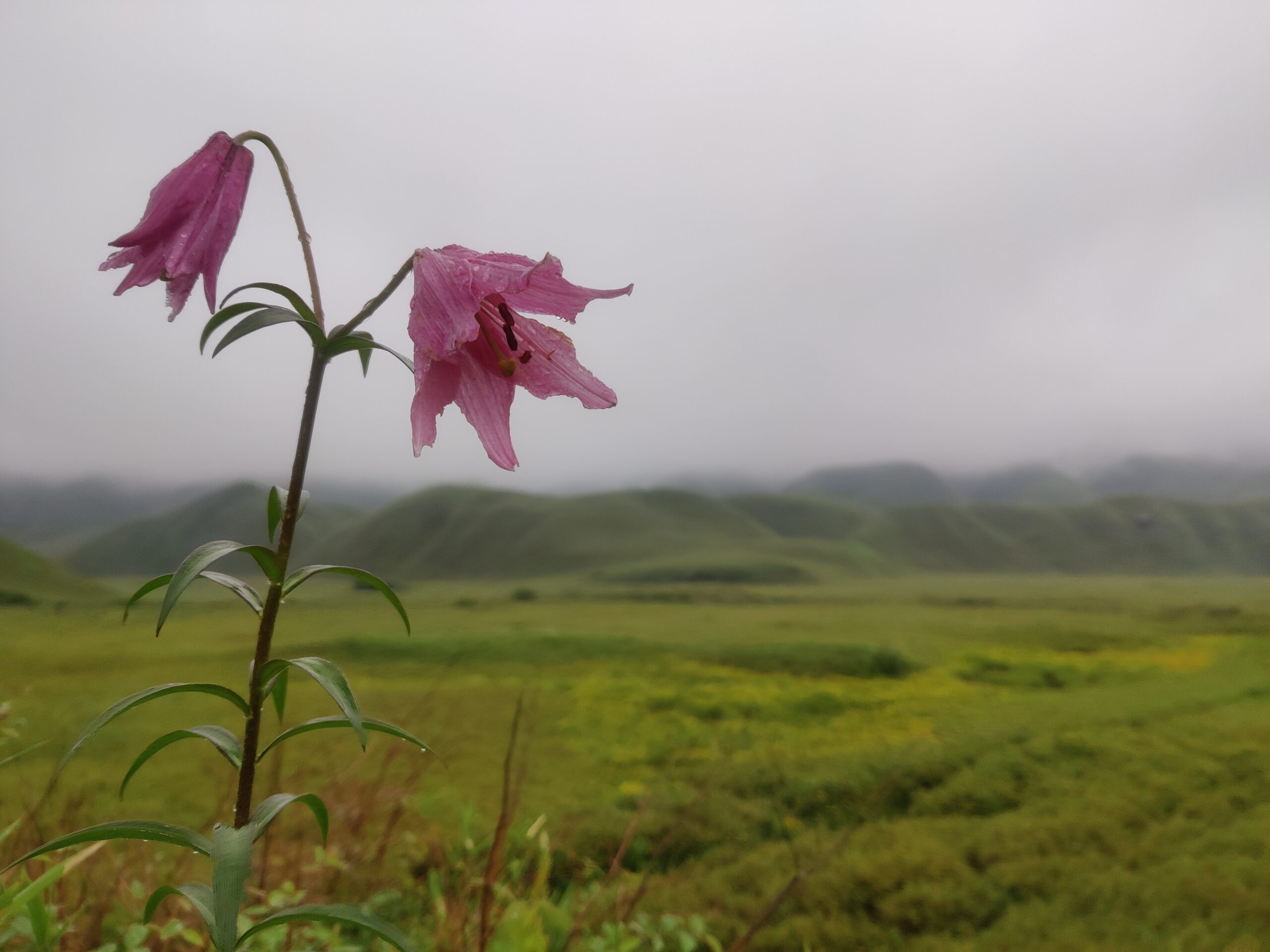
The Dzukou Valley flowering season occurs during the monsoon months from June to September, when the valley transforms into a carpet of vibrant wildflowers and lush greenery. This period represents nature’s most spectacular display in the region, with countless varieties of flowers blooming across the rolling hillsides. However, the beauty comes with significant challenges as heavy monsoon rains create difficult trekking conditions and safety concerns. Understanding both the rewards and risks of visiting during flowering season helps travelers make informed decisions about timing their visit.
June to July: Early Bloom Period
Early monsoon brings the first wave of wildflowers and intense green landscapes. However, heavy rainfall makes trekking challenging and potentially dangerous during this period.
Flowering season characteristics:
- Peak wildflower blooms covering the entire valley
- Vibrant colors including pink, purple, white, and yellow flowers
- Lush green grass carpets stretching across rolling hills
- Heavy rainfall creating muddy and slippery trekking conditions
- Limited visibility due to frequent cloud cover
August to September: Peak Bloom with Challenges
August and September represent the peak Dzukou Valley flowering season, but also the most challenging time for visitors due to continuous monsoon rains.
While the valley looks spectacular during this period, most Dzukou Valley trek packages avoid these months due to safety concerns and difficult trekking conditions.
How to Reach Dzukou Valley
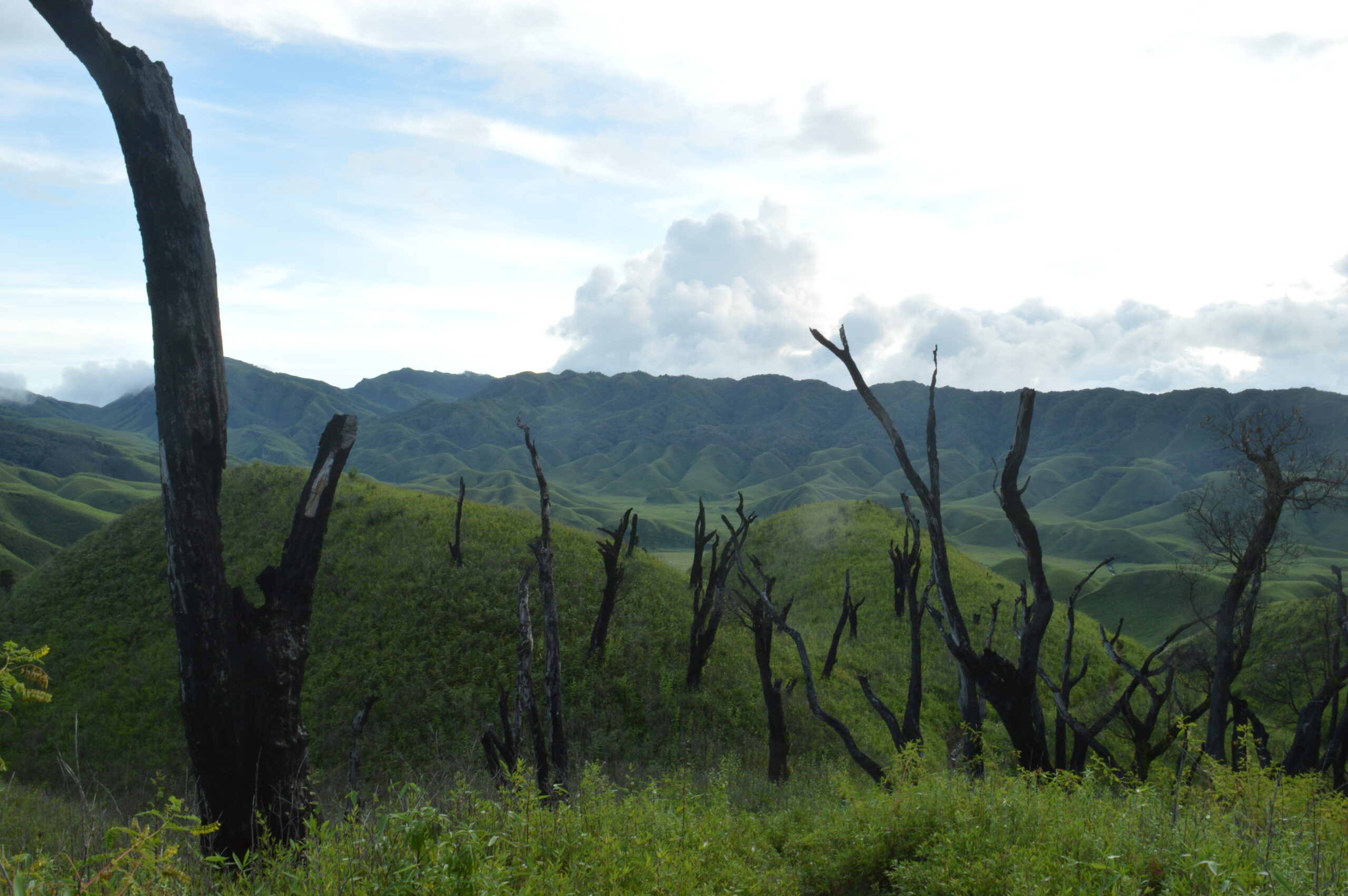
Planning how to reach Dzukou Valley requires understanding multiple transportation options and route choices depending on your starting point. The journey involves coordinating air, rail, and road transport to reach the trekking base points. Different routes offer varying advantages in terms of distance and accessibility, making proper planning essential for a smooth travel experience.
Via Kohima (Most Popular Route)
The Kohima route represents the most commonly used and well-established path to reach Dzukou Valley. This route offers reliable transportation options and clear trekking trails that most visitors prefer for their accessibility.
Route details:
- Distance from Kohima: 20 kilometers to Viswema village
- Viswema to Dzukou Valley: 6 kilometers trekking distance
- Total Dzukou Valley trek distance: Approximately 15 kilometers round trip
- Trekking time: 4-5 hours one way
Via Senapati (Manipur Route)
The Senapati route provides an alternative access path through Manipur state, offering different scenic perspectives of the region. This route is less crowded and appeals to travelers seeking a more secluded approach to the valley.
Alternative access:
- Distance from Senapati: 18 kilometers to Mao village
- Mao to Dzukou Valley: 8 kilometers trekking distance
- Less crowded route with beautiful landscapes
- Slightly longer trekking distance but scenic approach
Transportation Options
Multiple transportation modes are available to reach the trekking base points near Dzukou Valley. Understanding these options helps you plan the most convenient and cost-effective journey based on your starting location.
By Air:
- Nearest airport: Dimapur Airport (74 kilometers from Kohima)
- Regular flights from major Indian cities
- Taxi services available from airport to Kohima
By Rail:
- Nearest railway station: Dimapur Railway Station
- Well-connected to major Indian cities
- Road journey from station to Kohima takes 2-3 hours
By Road:
- Regular bus services from Guwahati and other northeastern cities
- Private taxi and car rental options available
- Road conditions are generally good except during monsoon
Dzukou Valley Trek Packages and Planning
Various Dzukou Valley trek packages cater to different preferences and budgets, offering comprehensive solutions for your valley adventure. These packages range from basic guided treks to premium experiences with enhanced amenities and services. Professional tour operators understand the unique challenges of accessing this remote destination and provide essential support including permits, equipment, and local expertise. Choosing the right package depends on your experience level, budget constraints, and desired comfort level during the trek.
Standard Trek Packages
Basic trek packages provide essential services and equipment needed for a successful Dzukou Valley adventure without premium amenities. These packages focus on delivering core trekking requirements while maintaining affordable pricing for budget-conscious travelers.
Package inclusions:
- Professional guide services
- Camping equipment and tents
- Meals during the trek
- Transportation from Kohima
- Permits and documentation
Duration options:
- 2 days, 1 night packages for quick visits
- 3 days, 2 nights for comprehensive exploration
- Extended packages combining multiple northeastern destinations
Premium Package Features
Premium Dzukou Valley trek packages offer enhanced comfort and additional services for a more luxurious experience. These upgraded packages cater to travelers seeking superior amenities and personalized attention during their valley adventure.
Enhanced services:
- Superior camping equipment
- Professional photography assistance
- Extended sightseeing options
- Comfortable transportation
- Specialized meal arrangements
Weather Patterns and Seasonal Variations
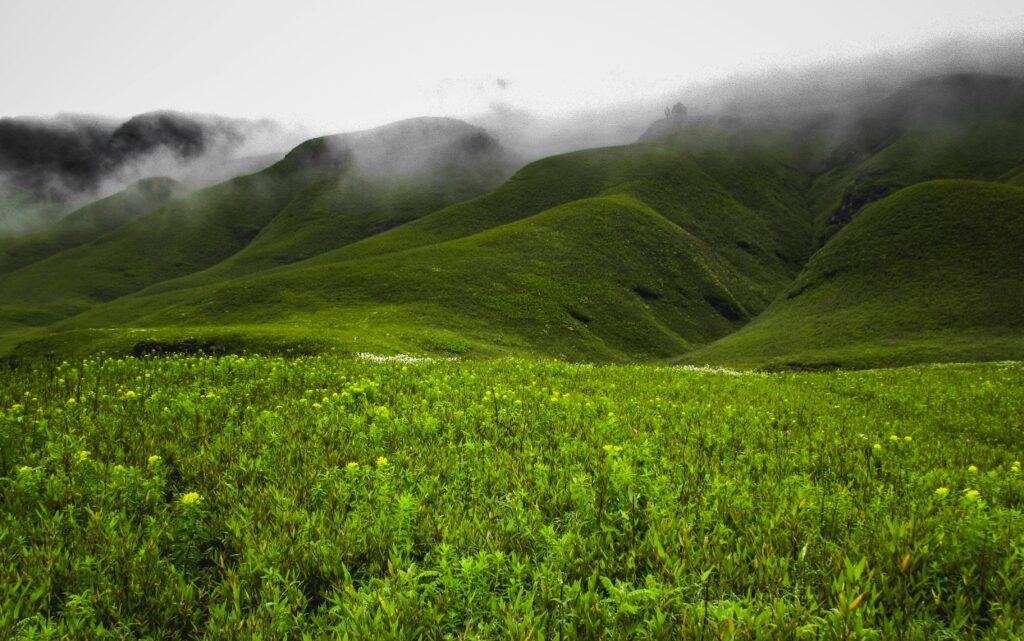
Understanding Dzukou Valley’s weather patterns helps in selecting the perfect time for your visit based on your preferences and expectations. The valley’s high-altitude location creates distinct seasonal characteristics that significantly impact trekking conditions, visibility, and overall experience quality. Weather patterns vary dramatically throughout the year, from crystal-clear winter skies to monsoon-heavy summers, each presenting unique opportunities and challenges. Analyzing these patterns allows travelers to align their visit with their specific interests and comfort levels.
| Season | Temperature Range | Rainfall | Visibility | Trekking Conditions |
|---|---|---|---|---|
| Winter (Dec-Feb) | 5°C to 20°C | Minimal | Excellent | Perfect |
| Spring (Mar-May) | 15°C to 25°C | Light | Good | Very Good |
| Monsoon (Jun-Sep) | 18°C to 28°C | Heavy | Poor | Difficult |
| Post-Monsoon (Oct-Nov) | 15°C to 25°C | Minimal | Excellent | Perfect |
Climate Considerations
Dzukou Valley’s high altitude location significantly influences its climate patterns and creates unique environmental conditions. Understanding these altitude-related factors helps visitors prepare adequately for the dramatic weather variations they’ll encounter.
Altitude effects:
- Valley elevation: 2,438 meters above sea level
- Temperature drops significantly at night
- Weather changes rapidly throughout the day
- Proper clothing essential for all seasons
Essential Packing Guide by Season
Your packing list should vary significantly based on when you plan to visit Dzukou Valley, ensuring comfort and safety during your trek. Different seasons present unique challenges that require specific gear and equipment to handle varying weather conditions effectively. Proper preparation with season-appropriate items can make the difference between an enjoyable adventure and a challenging ordeal. Understanding what to pack for each season helps you stay comfortable while maximizing your valley experience.
Winter Packing Essentials
Cold weather conditions at Dzukou Valley require specialized gear to ensure comfort and safety during your winter trek. Proper thermal protection is essential for the valley’s high altitude environment.
Cold weather gear:
- Heavy jackets and thermal wear
- Waterproof trekking boots
- Warm sleeping bags rated for low temperatures
- Gloves, caps, and warm socks
- Emergency warming supplies
Monsoon Season Preparation
Wet weather protection becomes your priority during the challenging monsoon months when heavy rainfall dominates the valley. Quality waterproof gear can make the difference between an enjoyable and miserable experience.
Wet weather protection:
- High-quality rain gear and ponchos
- Waterproof backpack covers
- Quick-dry clothing materials
- Extra pairs of socks and undergarments
- Waterproof phone and camera protection
Photography and Sightseeing Opportunities
Different seasons offer unique photographic opportunities, from flower carpets during monsoon to snow-covered landscapes in winter. Each time of year presents distinct lighting conditions, natural phenomena, and scenic compositions that appeal to different photography styles and preferences. Understanding seasonal variations helps photographers plan their equipment, timing, and expectations for capturing Dzukou Valley’s diverse beauty. Whether you’re interested in macro flower photography or sweeping landscape vistas, timing your visit correctly ensures optimal shooting conditions.
Best Photography Months
Timing your visit for optimal photography conditions depends on your preferred subjects and lighting requirements. Each season offers unique photographic opportunities that cater to different artistic visions.
Optimal conditions:
- October to March for clear landscape shots
- June to September for flower photography
- December to February for possible snow scenes
- Early morning and late afternoon for best lighting
Explore More Northeast India Destinations
While planning your Dzukou Valley adventure, consider exploring other magnificent destinations in Northeast India. Our comprehensive India tour packages from Mumbai offer excellent options for discovering this incredible region. For those seeking mountain adventures, our Leh Ladakh tour packages from Mumbai provide spectacular Himalayan experiences.
The enchanting Meghalaya tour packages from Mumbai showcase the region’s famous living root bridges and pristine waterfalls. Additionally, our Sikkim tour packages from Mumbai and Darjeeling tour packages from Mumbai offer incredible mountain vistas and cultural experiences that complement your Dzukou Valley journey perfectly.
Safety Guidelines and Precautions
Visiting Dzukou Valley requires proper preparation and adherence to safety guidelines, especially during challenging weather conditions. The valley’s remote location, varying terrain, and unpredictable weather patterns create potential risks that demand careful planning and appropriate safety measures. Understanding these risks and implementing proper precautions ensures not only your personal safety but also helps preserve the pristine environment for future visitors. Following established safety protocols allows you to enjoy the valley’s beauty while minimizing dangers associated with high-altitude trekking.
General Safety Measures
Following basic safety protocols ensures a secure and enjoyable trekking experience in Dzukou Valley’s remote terrain. These fundamental precautions apply regardless of the season you choose to visit.
Essential precautions:
- Hire experienced local guides familiar with terrain
- Inform authorities about your trekking plans
- Carry emergency communication devices
- Travel in groups rather than alone
- Respect local customs and environmental regulations
Seasonal Safety Considerations
Different seasons present unique safety challenges that require specific preparation and awareness. Understanding these seasonal risks helps you plan appropriate safety measures for your chosen travel period.
Monsoon safety:
- Avoid trekking during heavy rainfall
- Be cautious of landslides and muddy trails
- Carry proper rain gear and emergency supplies
- Monitor weather forecasts regularly
Winter safety:
- Prepare for sudden temperature drops
- Carry adequate warm clothing and supplies
- Be aware of potential snowfall conditions
- Plan for shorter daylight hours
Local Culture and Regulations
Understanding local customs and regulations ensures a respectful and smooth visit to Dzukou Valley and surrounding areas. The region’s rich cultural heritage, traditional practices, and administrative requirements play crucial roles in shaping the visitor experience and maintaining harmony between tourism and local communities. Respecting these cultural elements and following proper procedures demonstrates responsible tourism while enhancing your understanding of northeastern India’s diverse traditions. Proper preparation regarding permits, customs, and cultural sensitivity creates positive interactions and supports sustainable tourism development.
Permits and Documentation
Visiting Dzukou Valley requires specific permits and documentation due to its location in restricted border areas. Obtaining proper authorization ensures smooth entry and compliance with local regulations.
Required permissions:
- Inner Line Permit for non-locals visiting Nagaland
- Valid identification documents
- Tourist registration at local authorities
- Environmental conservation fee payment
Cultural Sensitivity
Respecting local customs and traditions enhances your experience while supporting the communities surrounding Dzukou Valley. Demonstrating cultural awareness creates positive interactions with local residents and preserves the area’s heritage.
Respectful behavior:
- Follow local customs and traditions
- Respect wildlife and natural environment
- Support local communities through responsible tourism
- Maintain cleanliness and Leave No Trace principles
For official information and updates, visit the Nagaland Tourism website for current regulations and guidelines.
Conclusion
Choosing the best time to visit Dzukou Valley depends on your specific interests and preferred experiences. For optimal trekking conditions, stunning views, and comfortable weather, plan your visit between October and March. This period offers the perfect balance of clear skies, moderate temperatures, and excellent visibility for photography and sightseeing. While the Dzukou Valley flowering season from June to September provides spectacular floral displays, the challenging monsoon conditions make it suitable only for experienced trekkers prepared for difficult weather.
The Dzukou Valley trek distance of approximately 15 kilometers is manageable for most fitness levels, especially with proper Dzukou Valley trek packages that provide professional guidance and necessary equipment. Whether you’re hoping to witness rare Dzukou Valley snowfall in winter or capture the valley’s famous flower carpets, timing your visit correctly ensures an unforgettable adventure in this northeastern paradise. You can visit us at VDP Travels, Neighbourhood Complex, F- 5, near SBI Bank, Sector 4, Nerul, Navi Mumbai, Mumbai, Maharashtra 400706. For comprehensive Dzukou Valley trek packages with expert guides, cultural exploration, and seamless Northeast India travel experiences, call +91 99675 18405, or visit VDP Travels.
Best Time to Visit Dzukou Valley: FAQs
What is the best time to visit Dzukou Valley for beginners?
October to March is ideal for first-time visitors, offering comfortable weather conditions, clear visibility, and easier trekking conditions with temperatures ranging from 15°C to 25°C during the day.
How long is the Dzukou Valley trek distance?
The total Dzukou Valley trek distance is approximately 15 kilometers round trip from Viswema village, taking about 4-5 hours each way depending on your fitness level and weather conditions.
When does the Dzukou Valley flowering season occur?
The Dzukou Valley flowering season runs from June to September during monsoon months, with peak blooms in August and September, though trekking conditions are challenging due to heavy rainfall.
Is Dzukou Valley snowfall common?
Dzukou Valley snowfall is rare but possible during December and January, creating magical white landscapes. However, snowfall cannot be guaranteed and depends on specific weather conditions each year.
What do Dzukou Valley trek packages typically include?
Standard Dzukou Valley trek packages include professional guides, camping equipment, meals, transportation from Kohima, permits, and safety equipment, with prices varying based on duration and service level.
How to reach Dzukou Valley from major cities?
To reach Dzukou Valley, fly to Dimapur Airport, then drive to Kohima (74 km), and finally trek from Viswema village. Alternative routes include rail to Dimapur station or direct road transport.
What permits are required for visiting Dzukou Valley?
Non-locals need an Inner Line Permit for Nagaland, valid identification documents, tourist registration, and environmental conservation fee payment. Permits can be obtained online or at entry points.
Is the Dzukou Valley trek suitable for children?
The trek is moderately challenging and suitable for children above 12 years with good fitness levels. Adult supervision and proper preparation are essential for younger trekkers.
What should I pack for different seasons at Dzukou Valley?
Winter requires heavy jackets and thermal wear, monsoon needs waterproof gear and rain protection, while post-monsoon periods need light layers and comfortable trekking equipment.
Can I visit Dzukou Valley during monsoon season?
While possible, monsoon visits (June-September) are challenging due to heavy rainfall, muddy trails, and poor visibility. Only experienced trekkers with proper equipment should attempt monsoon visits

